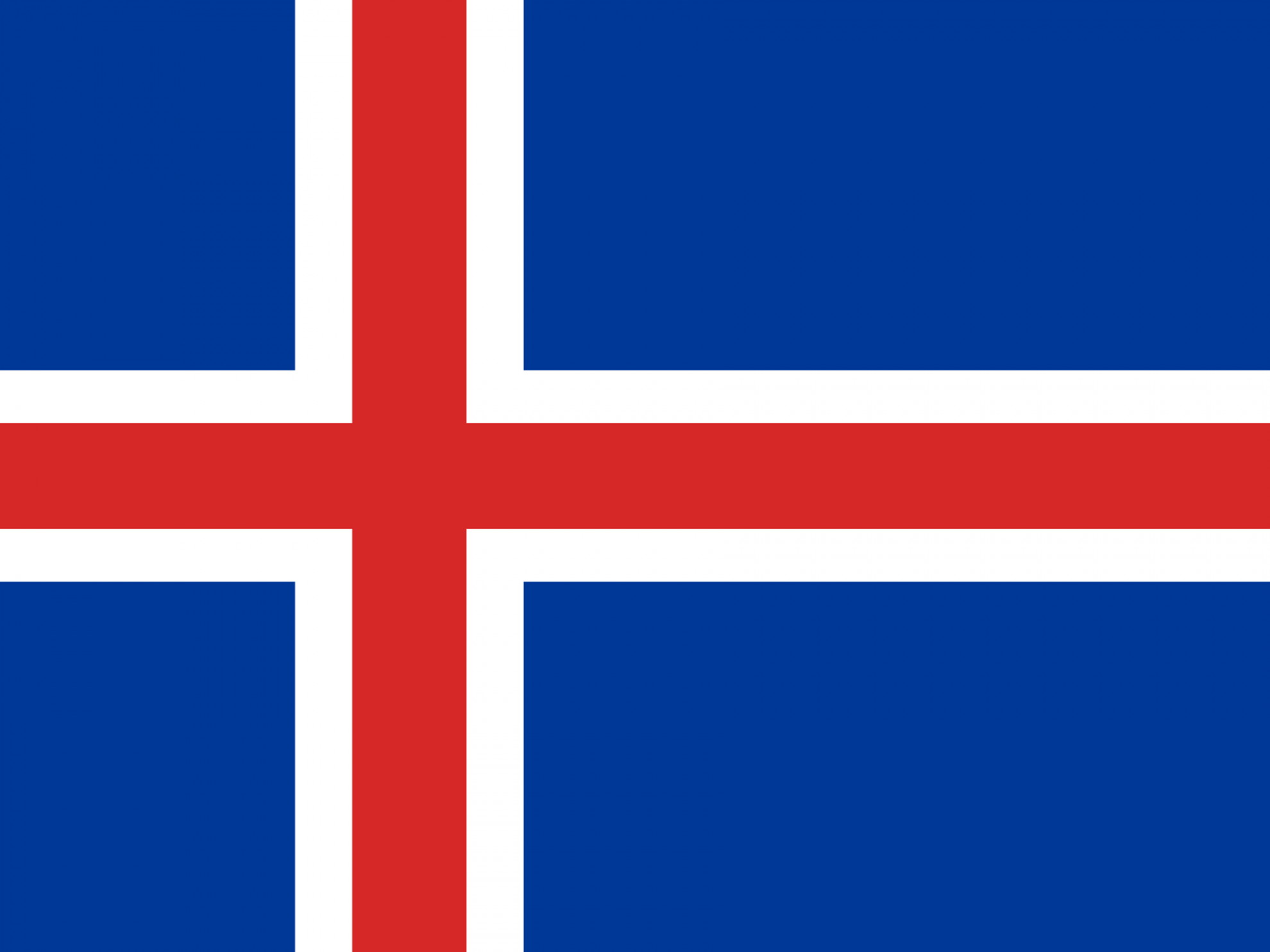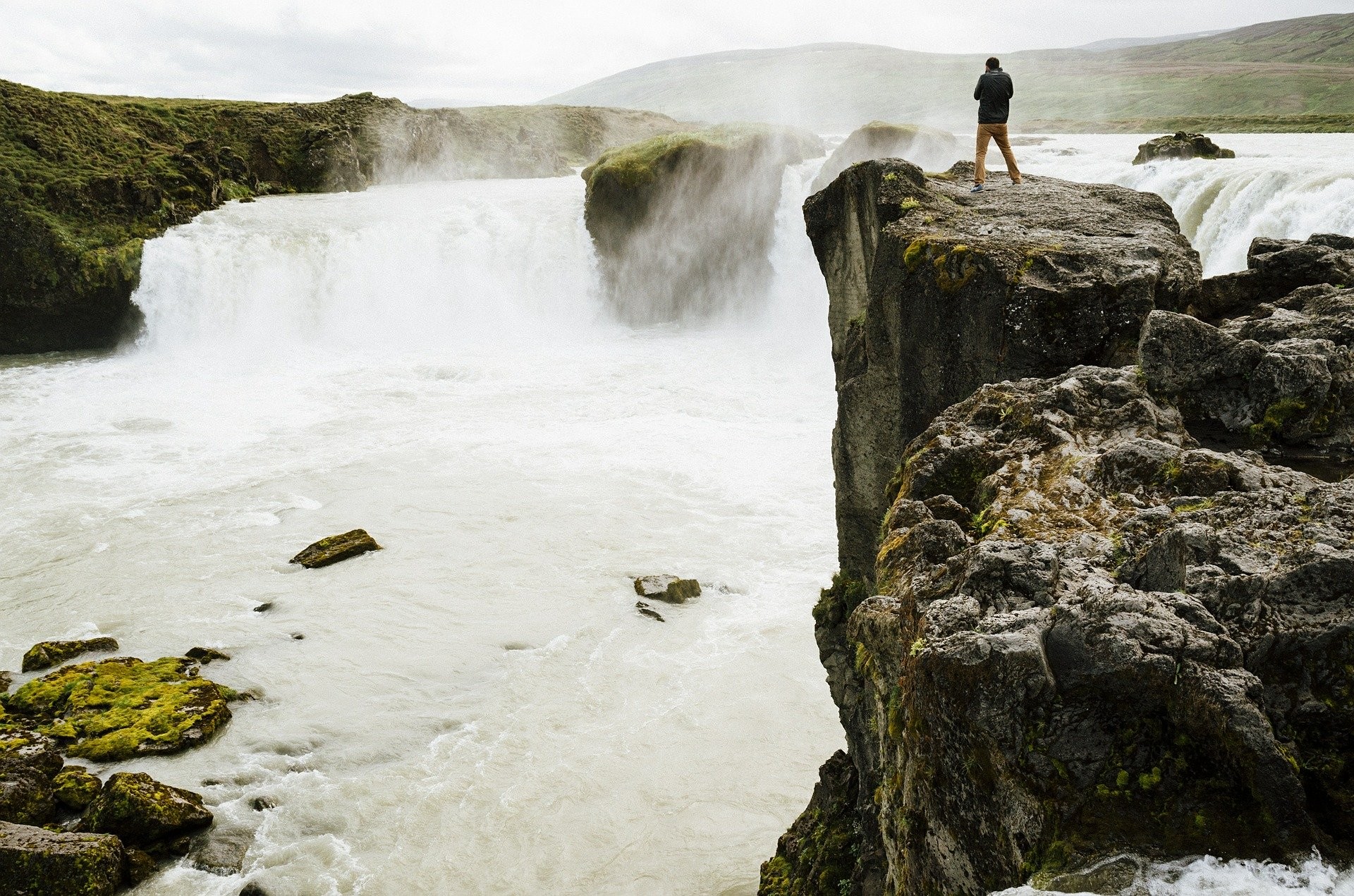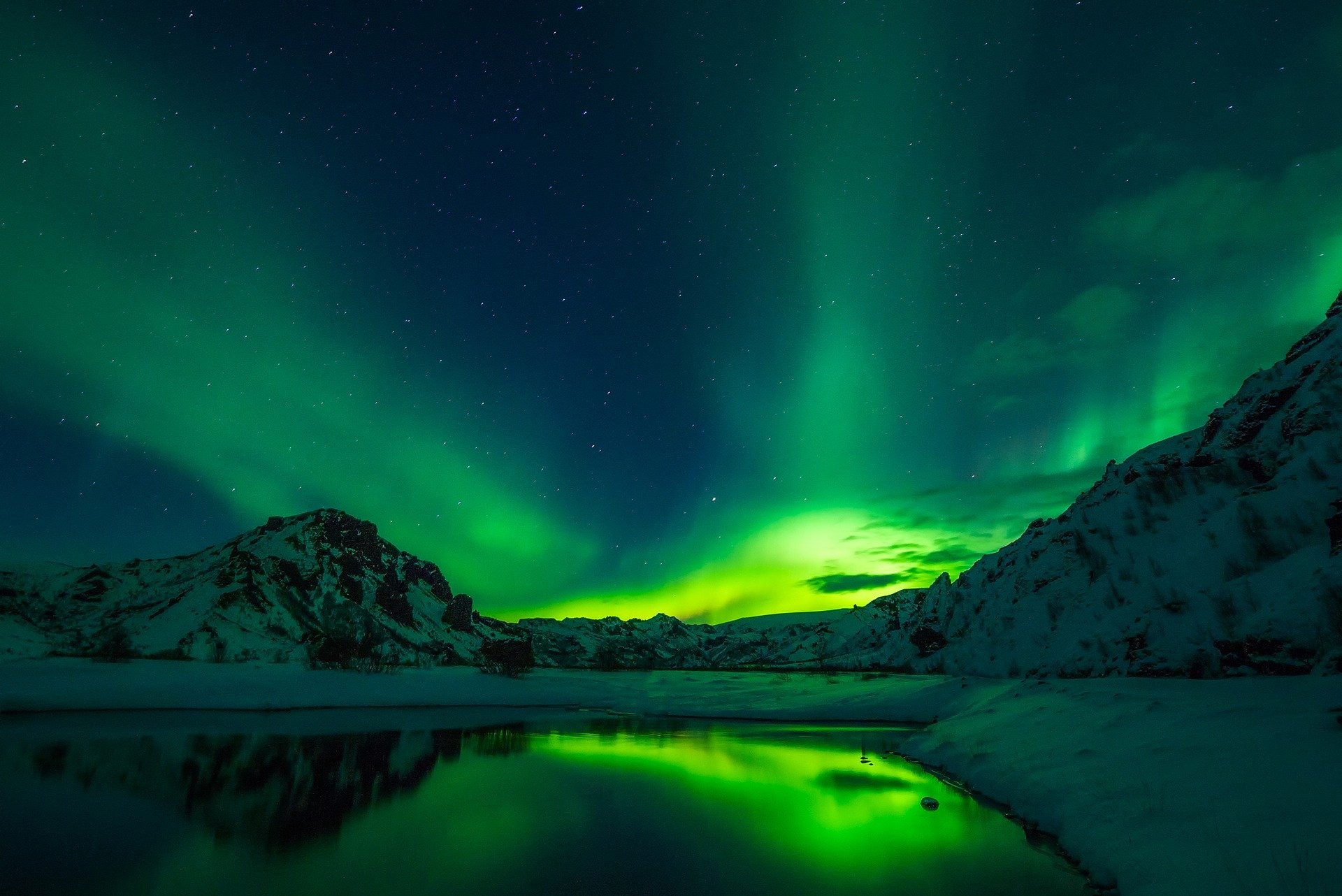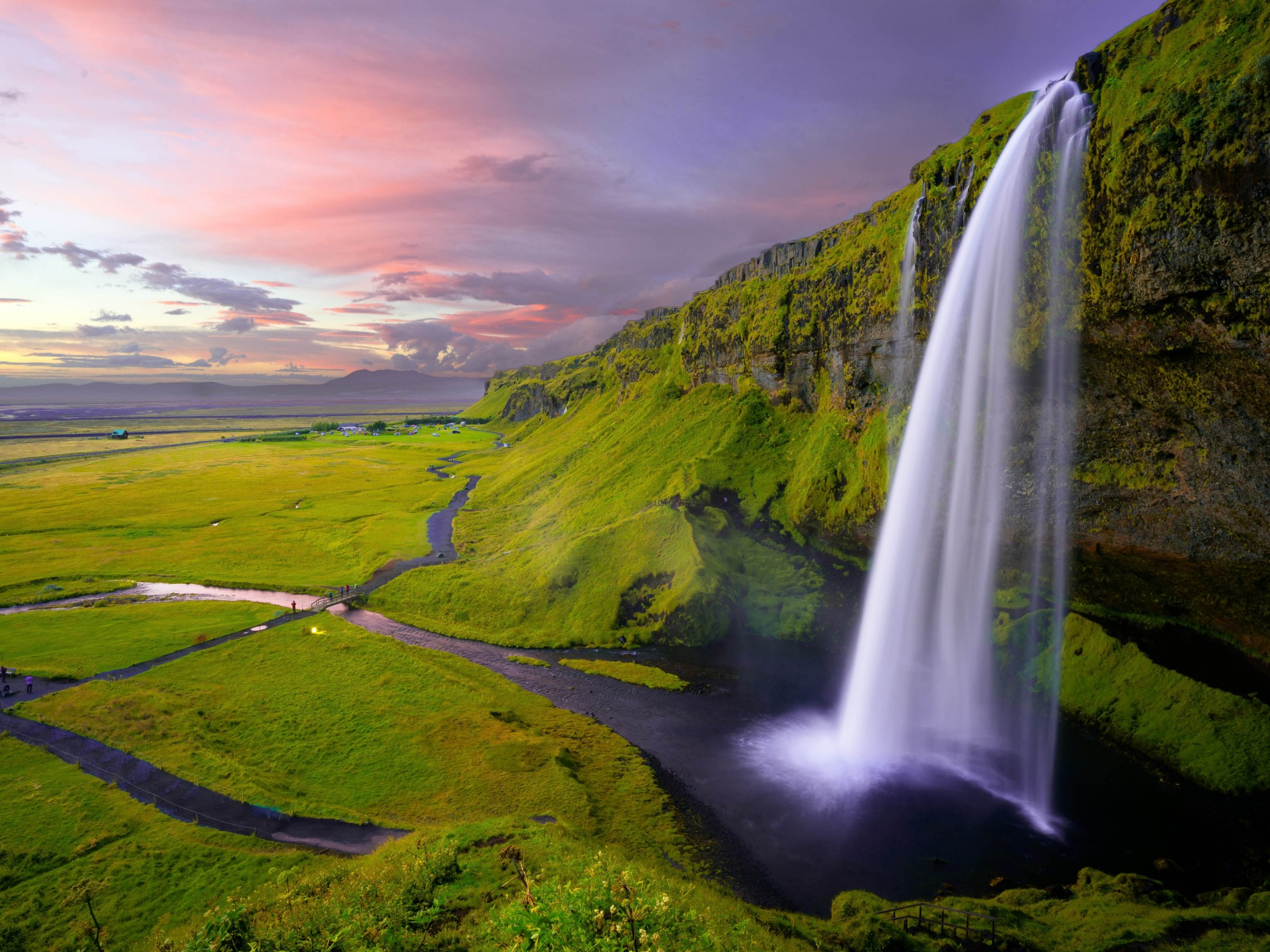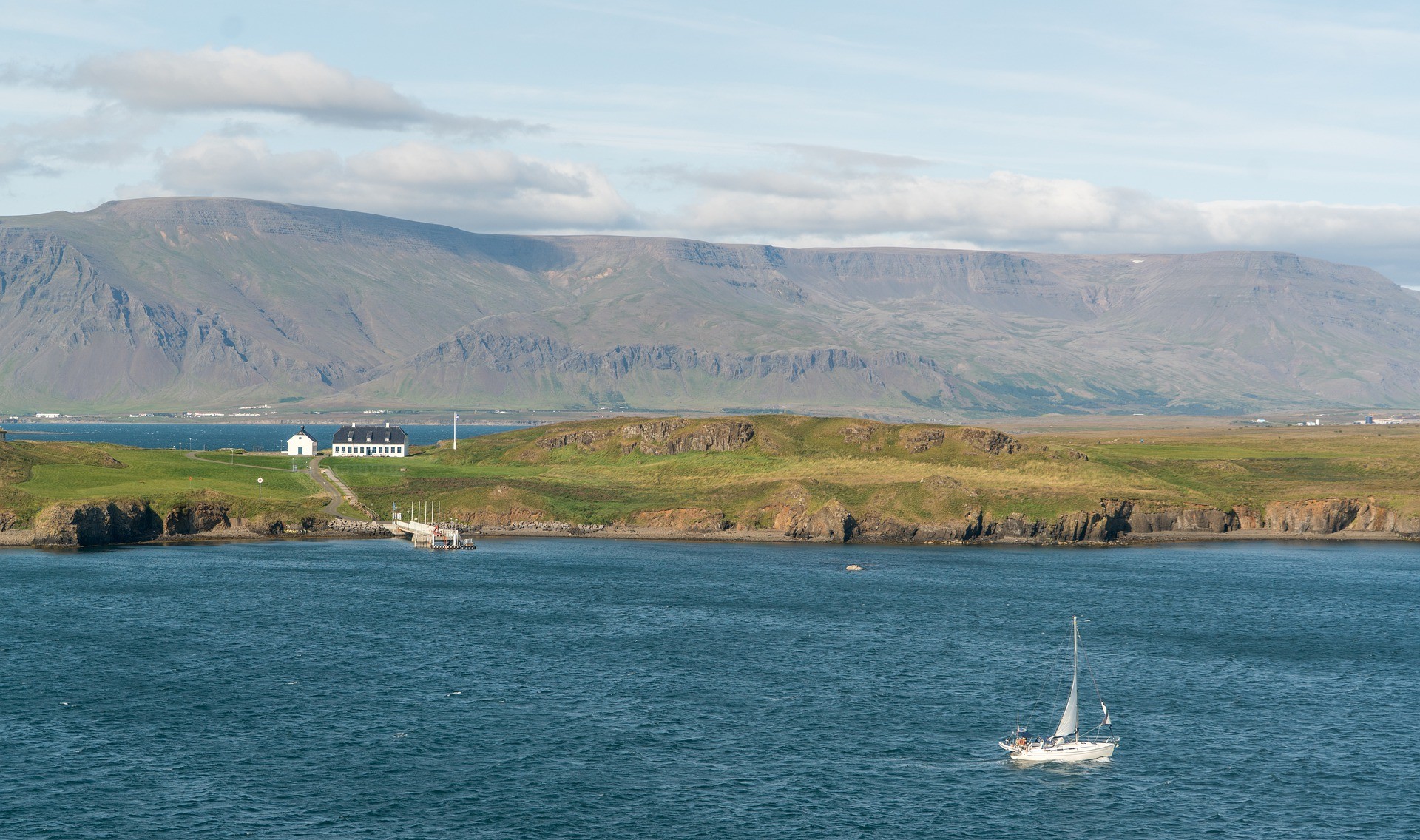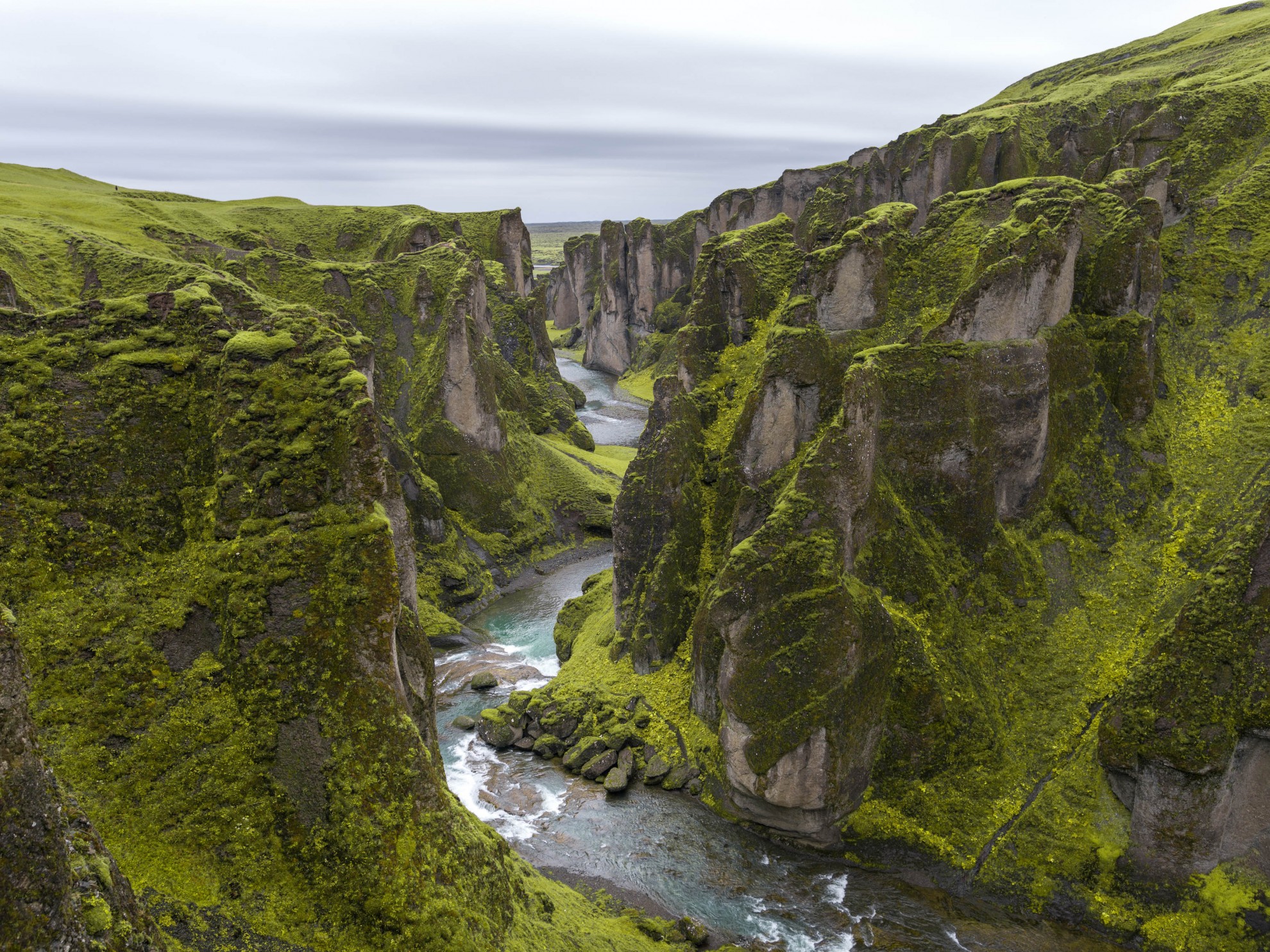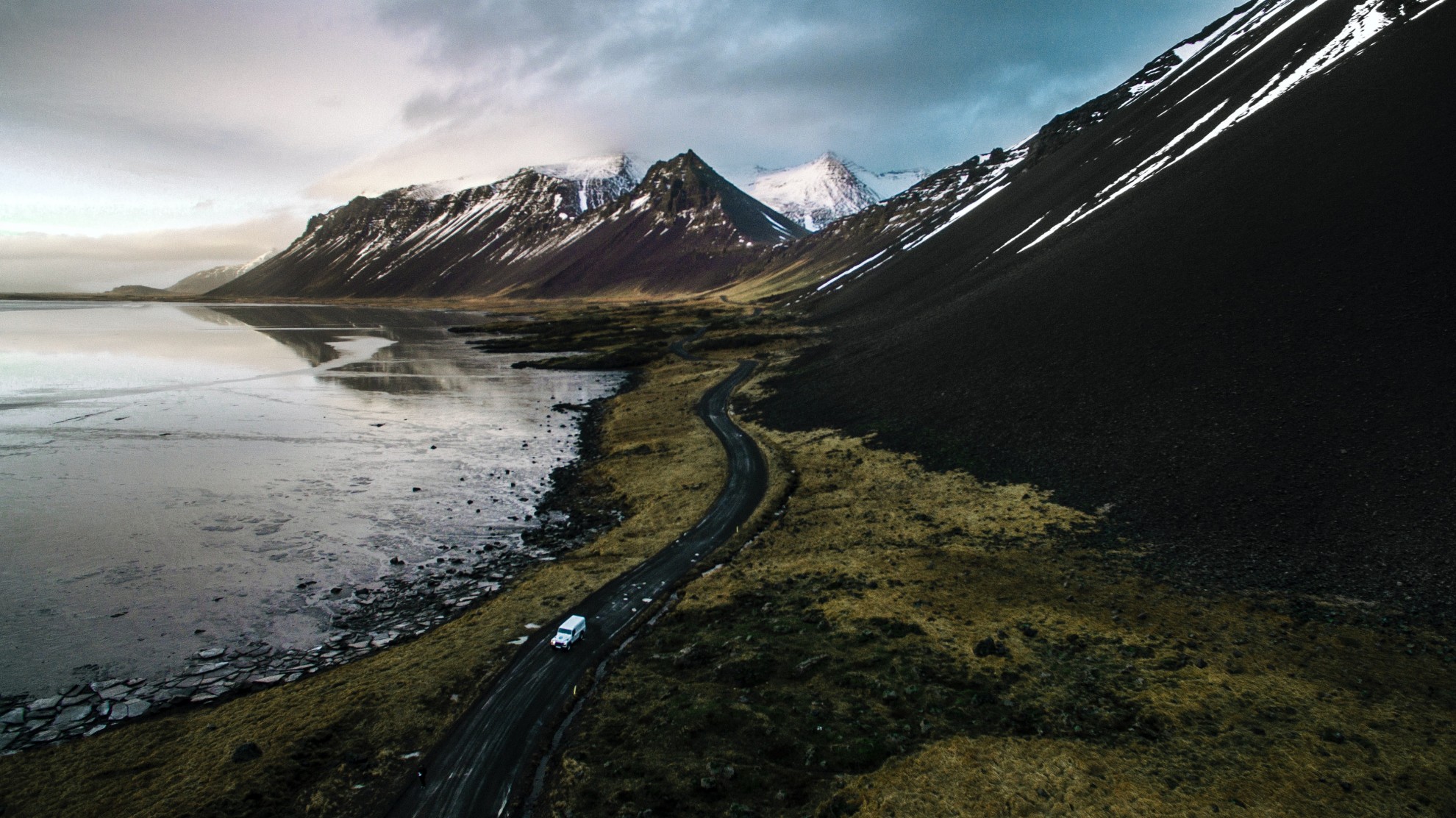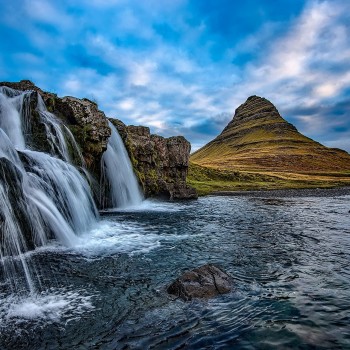Iceland
Iceland
Capital city description
Reykjavik is the capital of Iceland. It is located along the southwestern shore of Iceland in the Faxa Bay area. This capital city's location was formed by seismic activity, glaciers, and volcanic lava. Reykjavik has the unique distinction of being the most northerly located capital globally.
It was founded in 1785 as an official trading town and continuously grew. It transformed into a regional and later national center of commerce, population, and governmental activities. It is among the cleanest, greenest, and safest cities globally.
Climate
Iceland has a relatively moderate climate. Iceland experience a cool, temperate maritime climate with refreshing summers and mild winters.
Summers are pleasant, with average temperatures between 10-13 °C (50-55 °F) and daylight that extends far into the night. Winters are mild, with an average temperature around 0 °C (32 °F).
Spring: March to May
Summer: June to August
Autumn: September to November
Winter: December to February
Languages spoken
Icelandic is the official and widely spoken language of Iceland. Approximately 93.2% of that population speaks Icelandic; a few speak English, Polish, and other Scandinavian languages.
Fun/Fascinating Facts
- Iceland was recently ranked one of the eco-friendliest countries globally, and almost all of the electricity in Iceland is produced using renewable energy sources.
- Glaciers are one of the main attractions in Iceland, and to date, there are nearly 269 named. Glaciers cover almost 11% of the country of Iceland. Iceland is also home to Europe’s largest glacier, Vatnajökull, which is equivalent to three times the size of Luxembourg or Rhode Island.
- Iceland was one of the first countries to legalize same-sex marriages.
- Family names are not used as surnames. Icelanders carry patronymic surnames based on the first name of their father.
- As many populations of Icelanders still believe in the existence of elves.
Unique Customs/Traditions
- In Bun Day in Iceland, children make traditional Bun Day wands that they then use to spank their parents into giving them creamy chocolate buns. One bun for each spank makes for a lot of sore adult behinds.
- Ash Wednesday is a kind of Icelandic Halloween. Children dress up in costumes and go into shops to sing for candy. It is also tradition to make small pouches and sneakily hang them on people’s backs without noticing.
- Icelanders celebrate husband and wife day. Bóndadagur and Konudagur are Husband’s Day and Wife’s Day, respectively, which is a day to celebrate your spouse with a gift and a meal. Thorrablót is another special day that celebrates the ancient month of Thorri (mid-January to mid-February on a modern calendar), where Icelanders will usually attend at least one feast full of delicious foods, including smoked lamb. They will also sing, play games, and tell stories.
Popular universities
| Name | Description | |
|---|---|---|
| Reykjavík University (Háskólinn í Reykjavík) | Reykjavík University (Háskólinn í Reykjavík) is a non-profit private higher education institution located in the urban setting of the small city of Reykjavík, established in 1998. The university offers pre-bachelor degrees (i.e., certificates, diplomas, associate or foundation), bachelor degrees, master degrees, doctorate degrees in several areas of study. Classes are small and interactive, and the atmosphere is informal. Reykjavik Universityemphasizes hands-on learning that prepares students for the challenges they will meet after graduation. | |
| Bifröst University or Háskólinn á Bifröst | Founded in 1918, Bifröst University or Háskólinn á Bifröst is a private nonprofit higher education institution in Iceland. Bifröst University offers courses and programs such as bachelor's degrees master's degrees in several areas of study. | |
| Iceland University of the Arts | Iceland University of the Arts (Listaháskóli Íslands ) is a private higher education institution located in the small city of Reykjavík, established in 1998. The Iceland University of the Arts offers courses and programs leading to officially recognized higher education degrees such as bachelor's degrees in several areas of study. | |
| University of Iceland (Háskóli Íslands) | The University of Iceland (Háskóli Íslands ) is a public research university in Reykjavík, Iceland. The University of Iceland offers studies in more than 160 undergraduate programs in the humanities, science, and social sciences and professional fields such as theology, law, business, medicine, odontology, nursing, pharmacology, and engineering. | |
| University of Akureyri (Háskólinn á Akureyri ) | Established in 1987, the University of Akureyri (Háskólinn á Akureyri ) is a non-profit public higher education institution located in the large town of Akureyri, Northeastern Region. The University of Akureyri offers courses and programs leading to officially recognized higher education degrees in several areas of study. | |
Festivals & Events
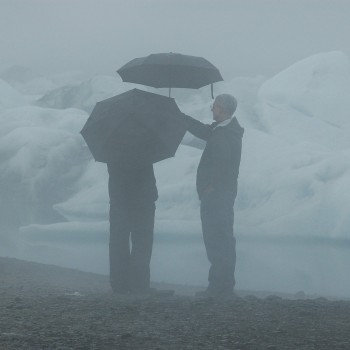
Bóndadagur
Date: January
Bóndadagur, or Husband's Day, is celebrated mainly for Icelander's husband or male partner. It takes place on the first day of Thorri, which is the fourth winter month. On the day, husbands – or significant, male others enjoy the extra-special treatment, often receiving several gifts and being cooked a traditional feast associated with Thorr.
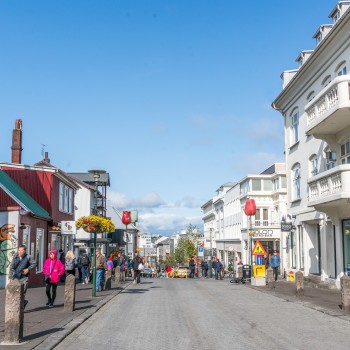
Menningarnótt
Date: August
Menningarnótt, or "cultural night," is an annual event held in Reykjavík in August. One of the largest festivals offers various activities, from traditional shows and exciting exhibitions.
There are outdoor concerts, performances, fireworks, and fairs, while bars, restaurants, shops, and galleries stay open late to cater to the large crowds that flock to the city for these special celebrations.
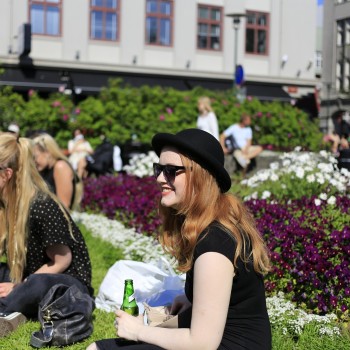
Sequences Art Festival
Date: July
Sequences Art Festival is an annual event that celebrates and exhibits cutting-edge visual art, emphasizing time-based art. The festival is a venue for artists of all ages to show their work and connect with foreign artists in similar or the same media.
Sequences festival is the first art festival in Iceland to focus on visual art alone and is an offspring of the dynamic art scene that thrives in Reykjavik. More than three hundred artists worldwide have participated in the festival.
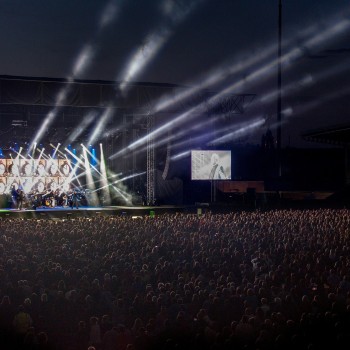
Iceland Airwaves
Date: October
Iceland Airwaves is an annual music festival held in Reykjavík, Iceland, on the third weekend of October. It is a five-day celebration of new music, both Icelandic and international. Airwaves has become known for its intimacy and party spirit with an unbelievable zest for music and celebration.
Some of the world's most famous artists performed in Iceland Airwaves. The Shins, The Rapture, TV On The Radio, Florence and the Machine, Klaxons, Hot Chip, Flaming Lips, Wolf Parade, Bloc Party, and Fatboy Slim.
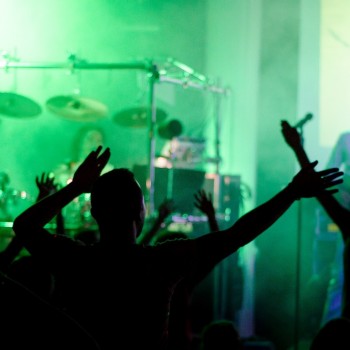
Secret Solstice
Date: 21th June
Secret Solstice is one of Iceland's best and most famous festivals in Iceland. The Secret Solstice is an annual music festival held on June 21 when Iceland is greeted with the beautiful midnight sun. Every year, thousands of people, locals, including foreign guests, flock to Reykjavik to join the Secret Solstice festival.
The main stages are in one area within the Laugardalur recreational area of Reykjavik, next to Reykjavik's largest swimming pool. Over a hundred famous performers partake at the festival each year from various domestic and foreign genres.
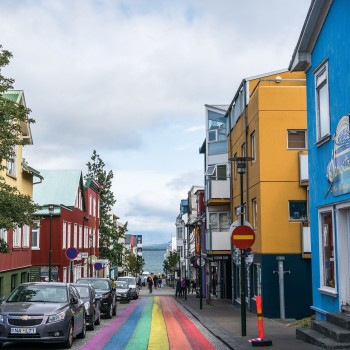
Reykjavik Pride
Date: August
Reykjavik Pride has become one of the largest festivals in Iceland that celebrates the LGBTQ+ community and its supporters, friends, and family. The city of Reykjavik is encircled by colorful costumes, loud party music, people dancing, and glitter everywhere.
The festival commences with a large colorful parade and ends with parties all night long. This celebration is free to attend. The festival always takes place on the second weekend in August.
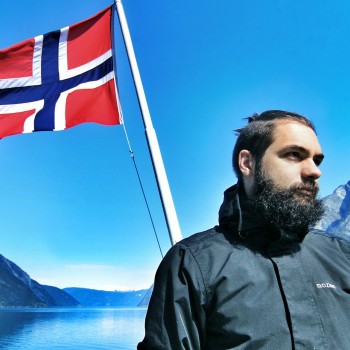
Icelandic National Day
Date: June
Icelandic National Day is an annual holiday in Iceland that commemorates the Republic of Iceland's foundation on 17 June 1944. National Day is one of Iceland's most popular summer events.
In Reykjavík, the festivities include a colorful parade, street performances, games for kids, and free outdoor music concerts lasting late into the evening after the parade speeches are held out in the open space.
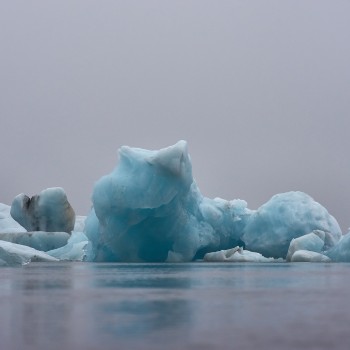
Winter Lights Festiva
Date: February
Winter Lights Festival seeks to lift spirits and brighten the winter darkness with a collection of spectacular events. Several quality light-art installations will be exhibited throughout the city center, illuminating some of the most prominent buildings and public spaces over the weekend
Other highlights events of this festival are Museum Night and Pool Night, during which the city’s museums and pools stay open late and offer free admission.
Attractions / Top Sights
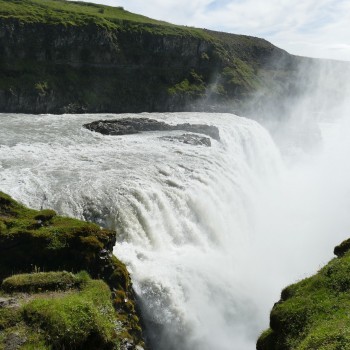
Gullfoss
When to visit: May to October
Gullfoss is a spectacular and enormous volume of falls in Europe, situated in the canyon of the Hvítá river in southwest Iceland. It is also famous for having two distinct drops at right angles to each other. The view is slightly obscured from the main overlook, so it appears that the lower falls plunge away into an abyss.
Standing at Gullfoss and wallowing in the beauty and the wonder of nature is a truly uplifting experience. The waterfall carries glacial water, which has a hint of brown color because of which when it falls creates an illusion of shimmer around it; this is how it gets its name ‘Golden Waterfall.’
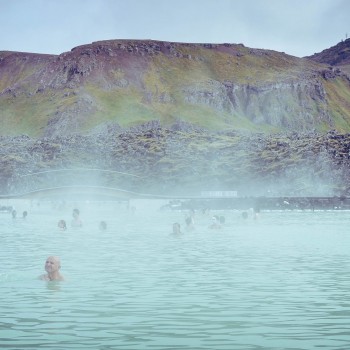
Blue Lagoon
When to visit: In summer
When to visit: https://www.bluelagoon.com/
The Blue Lagoon is a famous geothermal spa located in Grindavik on the Reykjanes Peninsula, one of the favorite tourist spots in Iceland. The artificial lake is fed by superheated seawater vented from a nearby lava flow.
Relaxing in Blue Lagoon is good for the skin and a real treat for mind, body, and soul. The iconic white silica mud mask is also free to all lagoon guests.
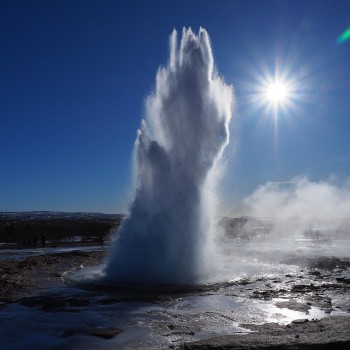
Strokkur Geysir
When to visit: May to October
Among all the geysers in Iceland, Strokkur Geysir is the most famous fountain geyser in the country and is famed worldwide. This highly active hot spring area lies southwest of Iceland besides the Hvítá River and is a favorite stop along what's known as the Golden Circle.
Strokkur and its surrounding areas regularly attract tourists hoping to see the geyser erupt, as it is one of few natural geysers to erupt frequently and reliably. A memorable experience is digging up Geysir or "hot spring" bread, rye bread that has been baking underground for 24 hours. Visitors can also help a chef boil eggs in a hot spring to accompany the bread.
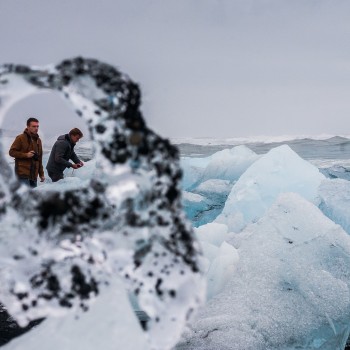
Vatnajokull Ice Caves
When to visit: In winter
Exploring ice caves that have been carved by rivers of meltwater deep underneath the Vatnajokull Glacier is one of the unique experiences in Iceland. Explorers will discover a mesmerizing world inside these caves where surreal blue ice formations will surround them. Black volcanic ash trapped in the ice has created a ribbon effect against the blue in some areas.
Tours of these caves, also known as Crystal Caves, can only be done in the winter, as there is always a danger of collapse during the warmer summer and spring months.
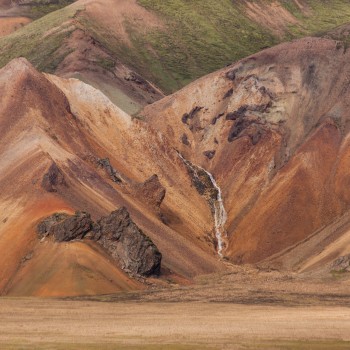
Landmannalaugar National Park
When to visit: In summer
Landmannalaugar National Park, one of Iceland's most famous tourist destinations, is an extensive area of stunning and unique beauty in the heart of Iceland's southern Highlands.
The main features of this mystical landscape are the multi-hued rhyolite mountains, Hekla volcano, and extensive lava fields. It is one of the most famous places for hiking and natural hot spring bathing throughout the summer.
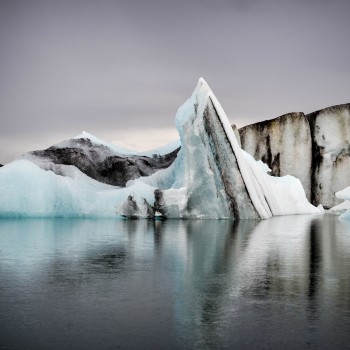
Jokulsarlon Lagoon
When to visit: June to September
Located on the edge of Vatnajokull National Park is a beautiful glacier lagoon. It is one of the deepest lakes in Iceland and is filled with icebergs that have been calved from the glacier. Its waters come from melting glaciers, and the lagoon has been growing larger each year.
The lagoon and the surrounding area are stunning, attracting thousands of people year-round to watch the free-flowing icebergs, explore the lagoon on boat tours, and snap pictures of seals.
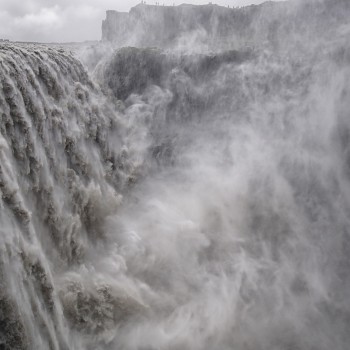
Dettifoss Waterfall
When to visit: May to September
Situated in the north of Vatnajökull National Park, Dettifoss indeed is a stunning example of the natural power of nature. It is the most powerful waterfall in Europe, plunging 500 cubic meters of water per second over the edge.
The cascade is 45 meters and has a width of 100 meters. An excellent hiking trail, 34km, goes along the canyon from Dettifoss to Asbyrgi.
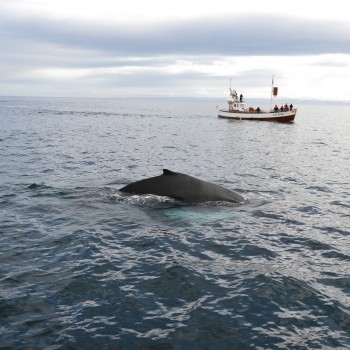
Husavik Whale Watching
When to visit: June to November
Situated on Skjalfandi Bay, Husavik is a famous spot for whale watching. The bay's waters are rich in plankton, attracting large baleen whales that feed on the tiny organisms.
Some of the most common whales in Skjalfandi Bay are humpbacks, blue, and minke, but many other species have also been seen near Husavik. In addition to whales, visitors should keep an eye out for the puffins—these adorable birds nest in large colonies in this area.
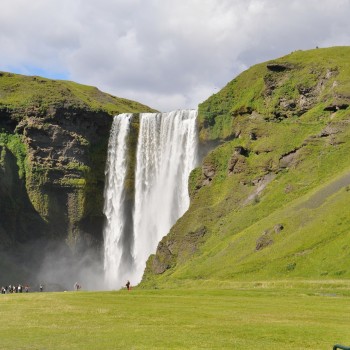
Skogafoss
When to visit: July to August
Located in South Iceland, Skogafoss is one of its largest and most breathtaking in a country of many waterfalls. These thundering cascades drop 60 meters (200 feet). Skogafoss is a photographer’s dream, especially on sunny days, when a beautiful rainbow can often be seen in front of Skogafoss.
Tourists who desire to view this lovely waterfall from above can climb up steps that will take them to an observation platform overlooking Skogafoss.
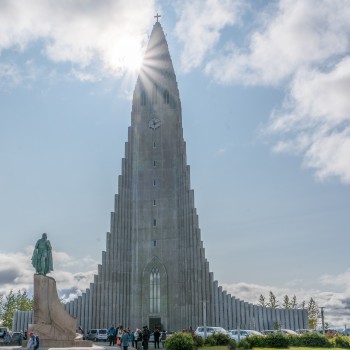
Hallgrimskirkja
When to visit: May to October
Hallgrimskirkja, a spectacular towering church in Reykjavik, was designed by the state architect Gudjon Samuelsson, who was inspired by Iceland’s incredible landscape, including its basalt lava flows, glaciers, and mountains.
The church stands on the top of a hill, and it is the largest church in Iceland with 75 meters tall. Visitors can take a lift to the top of the enormous structure and stand atop the viewing deck for a picturesque scene of the city of Reykjavik and its surrounding mountains.















